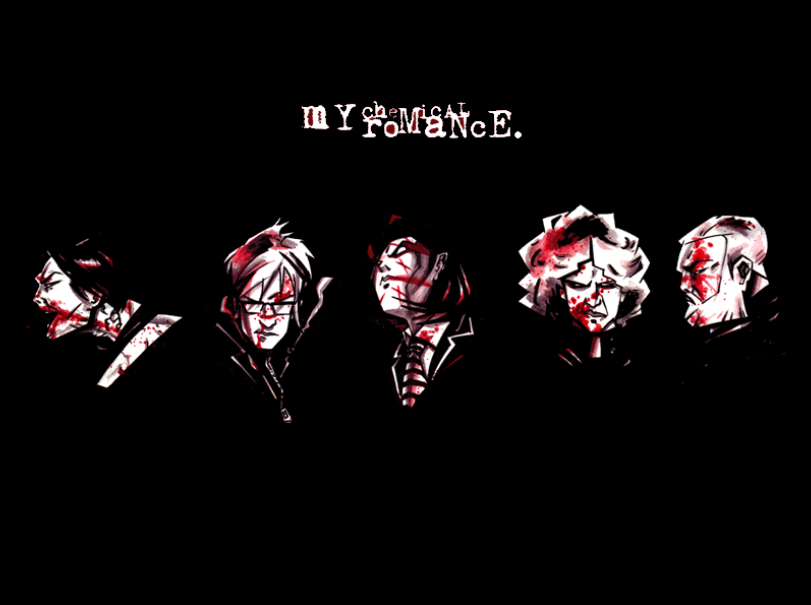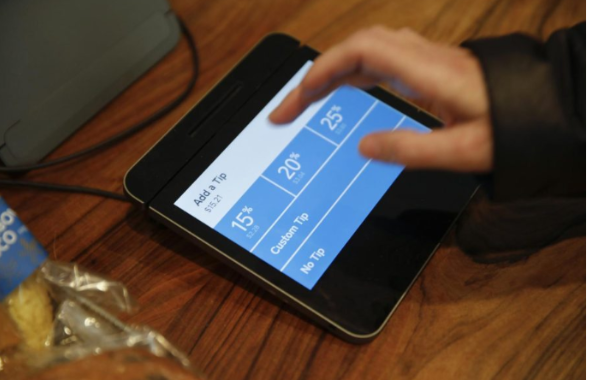Changes to Standards of Learning testing benchmarks will be fully implemented during this May’s testing window.
The Virginia Department of Education agreed on these changes in 2010, with the intention of implementing them over the next three years. Changes to benchmarks and standards in math, reading and science occurred in 2011, 2012, and 2013, along with changes to world history courses.
These changes have negative repercussions on teaching time, as more content has been added to requirements rather than deleted, thus restricting time instructors can teach and students can spend learning material.
The purpose of these changes is to increase college preparedness and readiness, as well as preparedness for careers.
Such benchmarks are aligned with those of the Virginia College & Career Readiness Initiative, organized by VDOE and is comprised of input from college faculty and experts associated with the College Board and ACT. The initiative was approved by the Virginia Board of Education in 2007 to conduct a study determining factors of post-secondary success.
DOE openly admits that some standards are more rigorous than those required at the national level, but is this optimal for the Commonwealth of Virginia?
Teachers have had to alter their course lessons and plans to accommodate for covering the new material and the new testing formats by changing their lesson plans.
Math teacher Kimberly Baram noticed the standards applied to mathematics courses affected the level of difficulty of instruction and learning.
“Last year I taught Algebra 2, the year the new standards took place,” Baram said. “They increased the rigor of Algebra 2, so we had everything we had before plus a new statistics unit. We also had to change the order of the units and put statistics at the end. Because we had to teach much more quickly, it was more difficult to teach the material.”
Chemistry teacher Emily Wischow believes that while changes have occurred to content, the standards still allow her to use her normal style of teaching.
“We are teaching more inorganic chemistry now and they have taken out a couple things but mostly added some new material,” Wischow said. “They are also increasing the rigor a bit and I think there will be more critical thinking questions and student provided responses. I have changed and incorporated content in some of the units. I have not really changed the style of teaching although I make sure I focus on the critical thinking questions. I actually enjoy teaching the new content and my students do not know what it was like before, but they seem to be reacting just fine so we will see how the test goes.”
History teacher Eirik Harteis has also noticed student dissatisfaction with the new standards.
“Some of the changes, for example in the World History 2 classes, we’ve had more emphasis on the IB Middle Years Program,” Harteis said. “We had to do some things we haven’t done before and I think that’s largely positive. The students have not yet embraced the changes. They just started but I think over the long-run they will. On the negative end, I would say that one of the changes have been focused on the SOL standards, which I think present multiple problems. I think students are frustrated by that and my students as well.”
While these standards are more comparative to national standards, they are extremely demanding, since there is more material for teachers to cover in the same amount of time before the benchmark tests in mid- to late May.
This will cause lack of detail and in depth coverage of topics that students do not fully comprehend in the normal lesson time.
In addition to changes to standards, the test format has also undergone changes to incorporate technology into the actual test.
The ability to include “technology-enhanced” items that allow students to indicate their responses in ways other than multiple choice may also demonstrate critical-thinking skills.
Juniors saw this new style of test firsthand March 11-14 as they took the two components of the English SOL- the multiple choice and essay prompt sections.
The multiple guess section contained drag and drop questions in addition to multiple choice questions.
“The multiple choice of the English SOL was very interactive,” junior Adit Parikh said. “The drag and drop may have made it more difficult for some, but I thought it was easy. It tested basic skills and you can study for it online.”
Not only does the quick access of scores benefit students, it also benefits teacher instruction.
“I prepared for the English SOL in class by working on example prompts,” junior Natalie Pernick said. “The test itself was really simple and straightforward, but some questions were more difficult than others. I found that the prompts focused on morals which made it easy for me to form an opinion, but explaining my point of view was a challenge.”
Junior Aaron Miller agrees with Pernick that teacher instruction and the format of the tests enabled him to write a clear essay.
“The teachers prepared us for the SOL very well,” Miller said. “The format helped me a lot. I found it easier to focus.”
Increased instructional and remediation time due to timely return of student results is also possible with the technologically advanced tests. Makeups for SOLs are also not as inconvenient as with scantron tests, while these computer SOLs make scheduling makeups convenient.
Overall, technological tests do in fact optimize student achievement to better prepare students for the future. Yet, the increased standards do inhibit learning and teaching.












